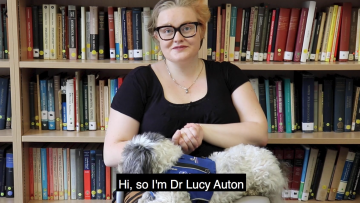M5-branes wrapped on four-dimensional orbifolds
Sparks, J
Gauntlett, J
Fry, J
Cheung, M
Journal of High Energy Physics
volume 2022
(05 Aug 2022)
Nonlinear iterative approximation of steady incompressible chemically reacting flows
Gazca-Orozco, P
Heid, P
Suli, E
Comptes Rendus Mecanique (Academie des Sciences)
Nonlinear iterative approximation of steady incompressible chemically reacting flows
Gazca-Orozco, P
Heid, P
Suli, E
Comptes Rendus Mécanique
volume 351
issue S1
431-455
(16 Sep 2022)
Polynomial bounds for chromatic number. III. Excluding a double star
Scott, A
Seymour, P
Spirkl, S
Journal of Graph Theory
volume 101
issue 2
323-340
(21 Oct 2022)
Feynman Diagrams in Four-Dimensional Holomorphic Theories and the
Operatope
Budzik, K
Gaiotto, D
Kulp, J
Wu, J
Yu, M
(28 Jul 2022)
http://arxiv.org/abs/2207.14321v1
Operatope
Crux and long cycles in graphs
Haslegrave, J
Hu, J
Kim, J
Liu, H
Luan, B
Wang, G
SIAM Journal on Discrete Mathematics
volume 36
issue 4
2942-2958
(21 Nov 2022)
Porous materials occur throughout nature and industry, from volcanic rocks, to sponges, through to filters; they comprise a solid structure, which could be like honeycomb or a packing of grains, with gaps (pores) throughout. These pores allows fluid and small contaminants carried by the fluid, such as salt in seawater, to travel through the material. The shape and size of these pores affects the passage of fluid, which in turn affects the path the contaminants take and how much becomes trapped within the solid structure.
How Predictable is Technological Progress?
Farmer, J
Lafond, F
(25 Nov 2015)


